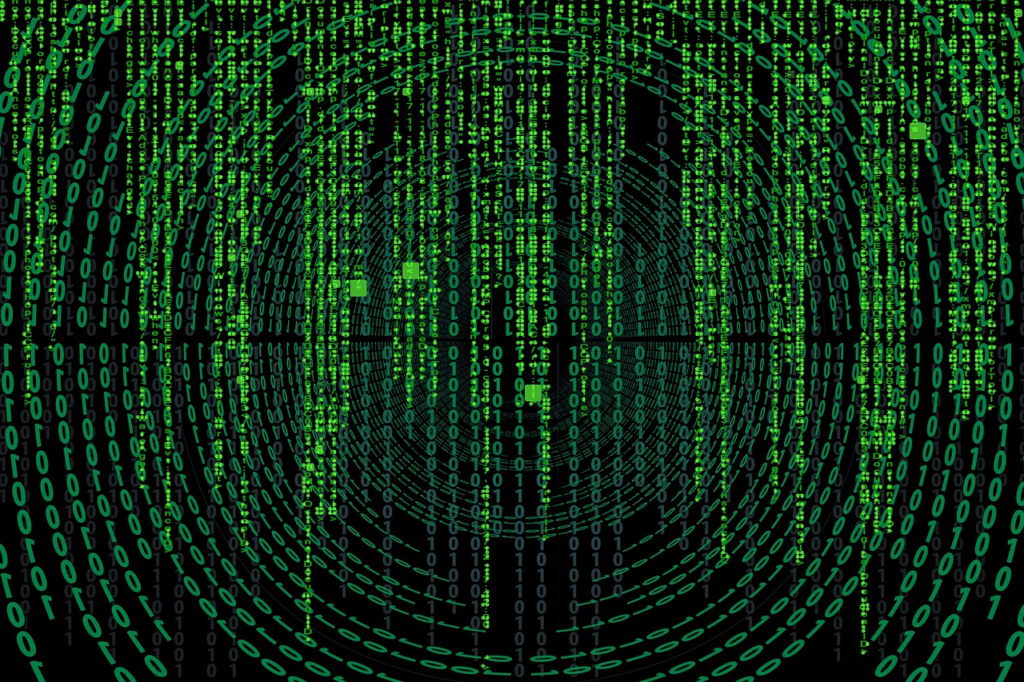Ensuring that little to no data is lost during a cyber attack can be very tricky, but by using continuous data protection, you can ensure that data loss is kept to a minimum.
While this method isn’t the most complicated way to ensure that your data is safe, it’s very robust and powerful. Because of these great reasons to consider using continuous data protection, it’s certainly wise to be as informed as possible about it.
1 – How Does Continuous Data Protection Work?
Continuous data protection is a straightforward approach to cybersecurity that aims to ensure that none of your data is lost in any event. This sounds quite difficult to achieve, and the advancements in software have been complex, but now that it’s an accessible solution, it’s an impressive way to safeguard your organization.
Essentially, continous data protection solutions work by making note of any changes that occur to files and data in a system. It makes these notes as soon as the changes are made, and it does so in a separate storage system to the ‘home’ of the file that has been changed.
This system means that if any data is lost or corrupted, you have access to the most recently changed version of a file, as well as a record of what that change was. Therefore, if needs be, you can undo that change, and present yourself with the original data.
2 – How Is It Different From Traditional Data Backups?
Continuous data protection differs from traditional backups in one main way – it doesn’t conform to a schedule.
By this, we mean that the system is constantly replicating data, or more precisely the changes made over the data, as soon as any changes are made. This is a more dynamic approach than traditional data backups. Traditional backups will typically take place on a fixed time schedule – for instance once per hour.

By taking a more file- and edit-based approach, continuous data protection allows you a much more specific understanding of what files are safely stored and backed up in your system.
3 – What Are The Main Advantages Of This Method?
While this method provides an impressive and comprehensive system by which data security can be ensured, some specific advantages are worth mentioning.
Increased Efficiency
In a more typical data backup system, staff in the IT department of an organization will often have to manually back up data routinely, or at least maintain a system that manages it. With continuous data protection, the software runs constantly, reducing the amount of hours needed to manually make backups.
Improved Data Recovery
Using this system, data can be recovered on a much more specific scale. In a traditional backup, all files would be reset to their conditions at, for instance, 5 pm.

Using continuous data protection, however, would allow for any file to be restored to any specific instance of said file. This approach leads to far less data loss in a catastrophic situation and massively lowers the recovery point objective (RPO) down to seconds.
Continuous data protection is a straightforward method that can improve operational efficiency and dramatically reduce data loss. Considering it for your organization can ensure you meet your business continuity objectives in the face of a major IT disruption.

